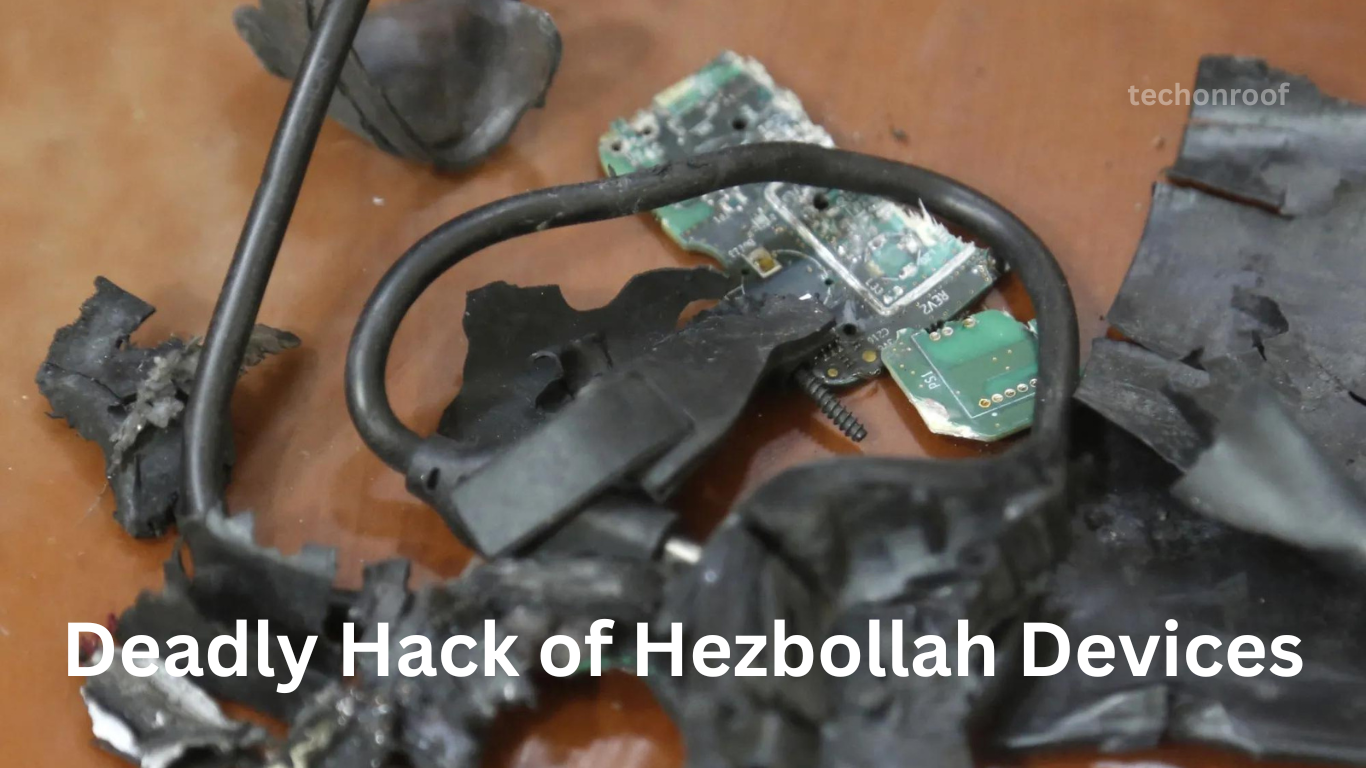A devastating Hezbollah device hack, including Asian-branded pagers and walkie-talkies, has triggered a global investigation into how these devices were weaponized. The lethal incident in Lebanon, which killed 37 people and injured around 3,000, has exposed the shadowy world of older electronics supply chains, where buyers often face uncertain risks.
Read More: Dialed Carrier Calls: What They Are and Why They Are Restricted
The Hidden Market for Old Technology
Unlike newer, high-margin products, the supply chains for outdated electronics from Asia are loosely managed. Experts say these older products can be prone to counterfeiting, surplus inventories, and complex contract manufacturing, making it almost impossible to trace their origins.
David Fincher, a technologist based in China, pointed out that compromising these supply chains is relatively easy. “It’s not hard to insert explosives into a radio,” he said. “The real challenge is ensuring the security of these supply chains, which are already compromised with fake components.”
Companies Struggle to Trace Weaponized Devices
The companies involved in the production of these gadgets have expressed difficulty in tracing how and when they were tampered with. Taiwan-based company Gold Apollo, which made the pager used in the attack, placed the blame on a European licensee, sparking investigations across Hungary, Bulgaria, Norway, and Romania.
Japan’s Icom, which produced the walkie-talkies, is also facing scrutiny. However, Icom stated it cannot confirm if the devices used by Hezbollah were genuine, as counterfeit versions of its products are rampant. The walkie-talkies bearing Icom’s name were found with explosive devices, but the company insists no such components were produced in Japan.
The Prevalence of Counterfeit Goods
Fake products are a major problem in the electronics industry, especially in large manufacturing centers like China. In some cases, entire products are counterfeited, not just individual components. Smaller brands, in particular, are less able to police these counterfeits because the cost of doing so can impact their profits.
Joe Simone, a partner at Chinese intellectual property firm East IP, explained that larger tech brands invest heavily in fighting counterfeits, but smaller brands do not always have the resources to do the same. “Authorities are willing to crack down on low-tech counterfeits,” he said, “but the intellectual property owners have to take an active role in monitoring and filing complaints.”
Icom stopped producing the IC-V82 model—a device implicated in the attack—over a decade ago. The company had introduced holographic stickers as a security measure to protect against counterfeit goods, but many older models still circulate on the market, especially in countries like China and Vietnam. Icom has repeatedly warned consumers about imitation products and advises buyers to use only official distributors.
Global Hunt for Weaponized Devices
Authorities are now scrambling to piece together how Hezbollah obtained the deadly devices. A preliminary investigation by Lebanon found that the explosives were implanted before the devices arrived in the country. However, it remains unclear exactly when or where they were weaponized.
Taiwan’s Economy Minister Kuo Jyh-huei confirmed that the components used in the detonated pagers were not manufactured in Taiwan. Yet, the mystery deepens as counterfeit and illegally manufactured goods are prevalent across Asia.
The Challenge of Counterfeit Electronics
The widespread availability of second-hand manufacturing equipment allows counterfeiters to go beyond making fake components. In some cases, they are able to produce entire products. Diganta Das, from the University of Maryland’s Center for Advanced Lifecycle Engineering, noted, “This isn’t just counterfeiting anymore; it’s illegal manufacturing.”
Gold Apollo, whose pager was used in the attack, licensed its brand to a Budapest-based company called BAC. The resulting supply chain has become a tangled web of production trails, which authorities across multiple countries are now investigating.
The deadly consequences of this supply chain compromise highlight the dangers of the unchecked counterfeit electronics market. With fake goods flooding online platforms and local markets, the risks are only increasing, and tracking the source of such products remains a formidable challenge.





